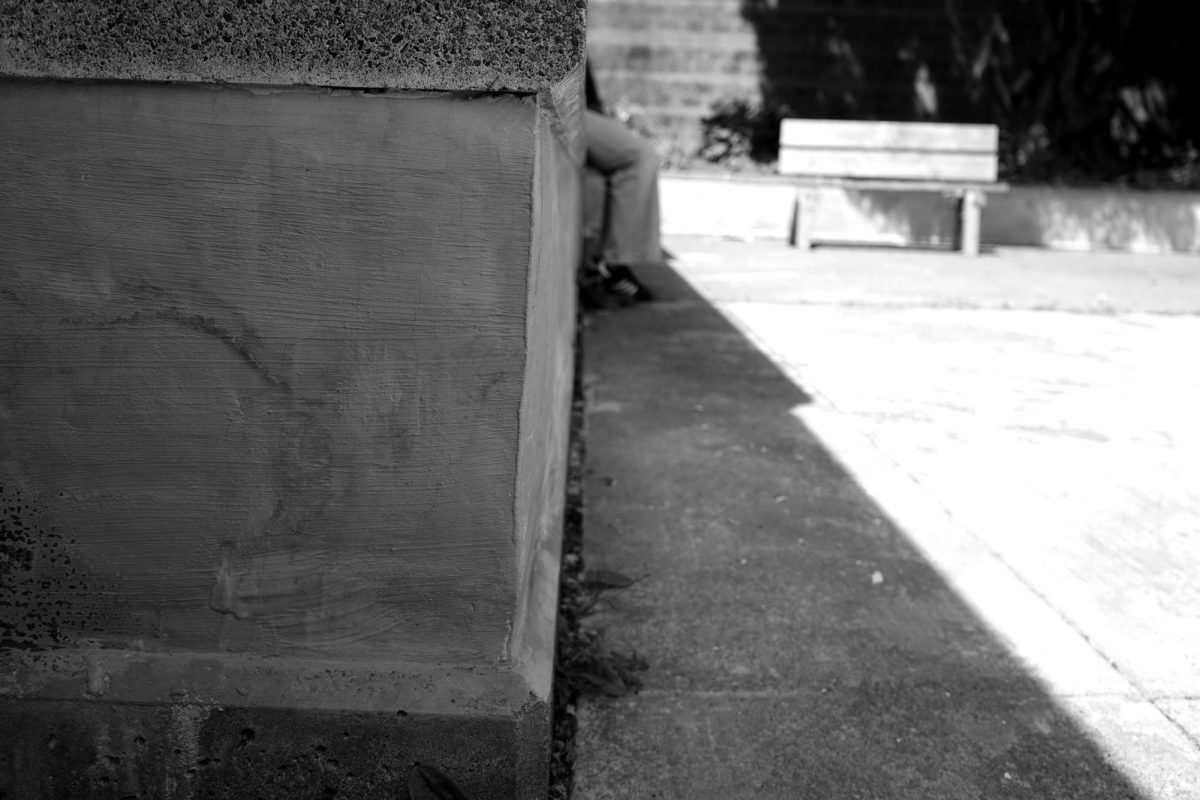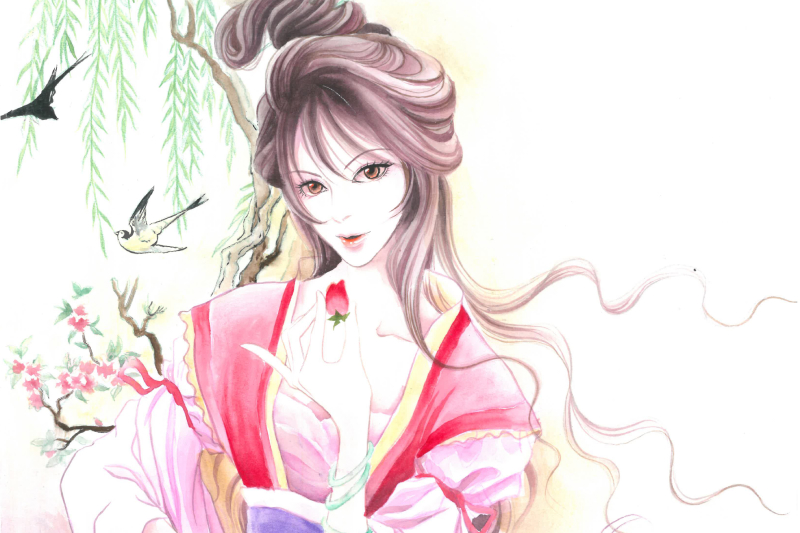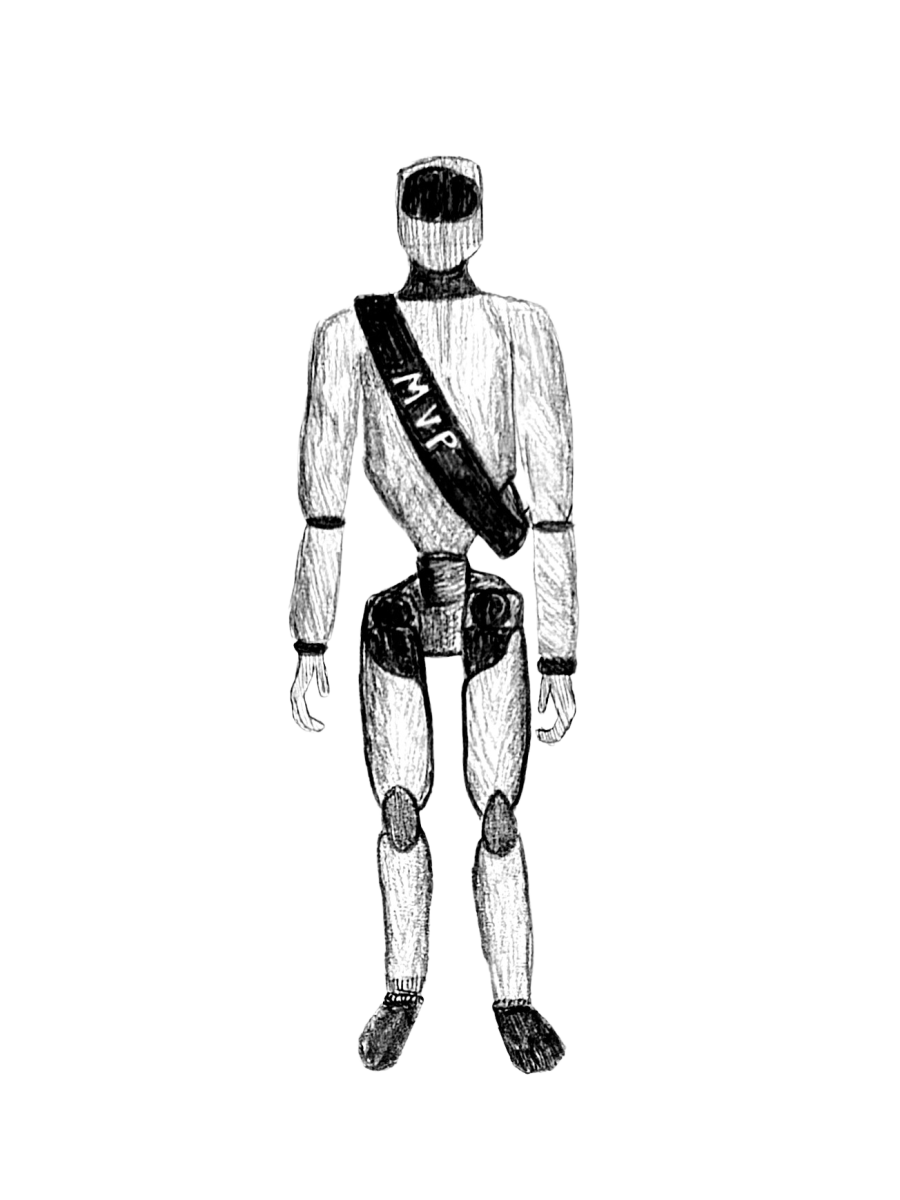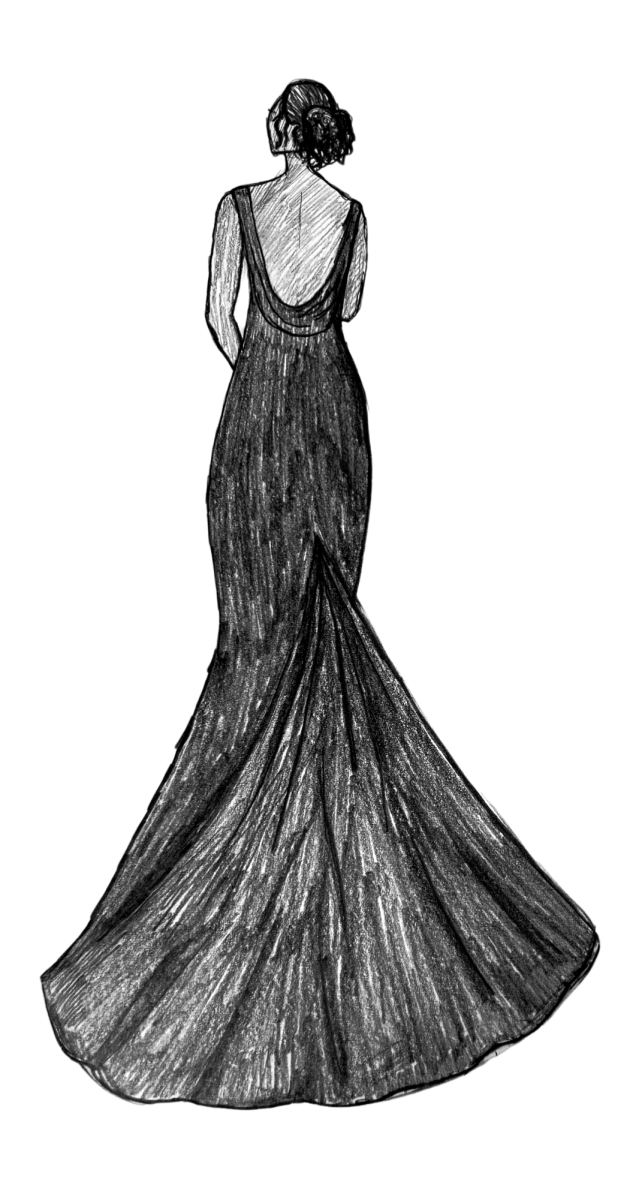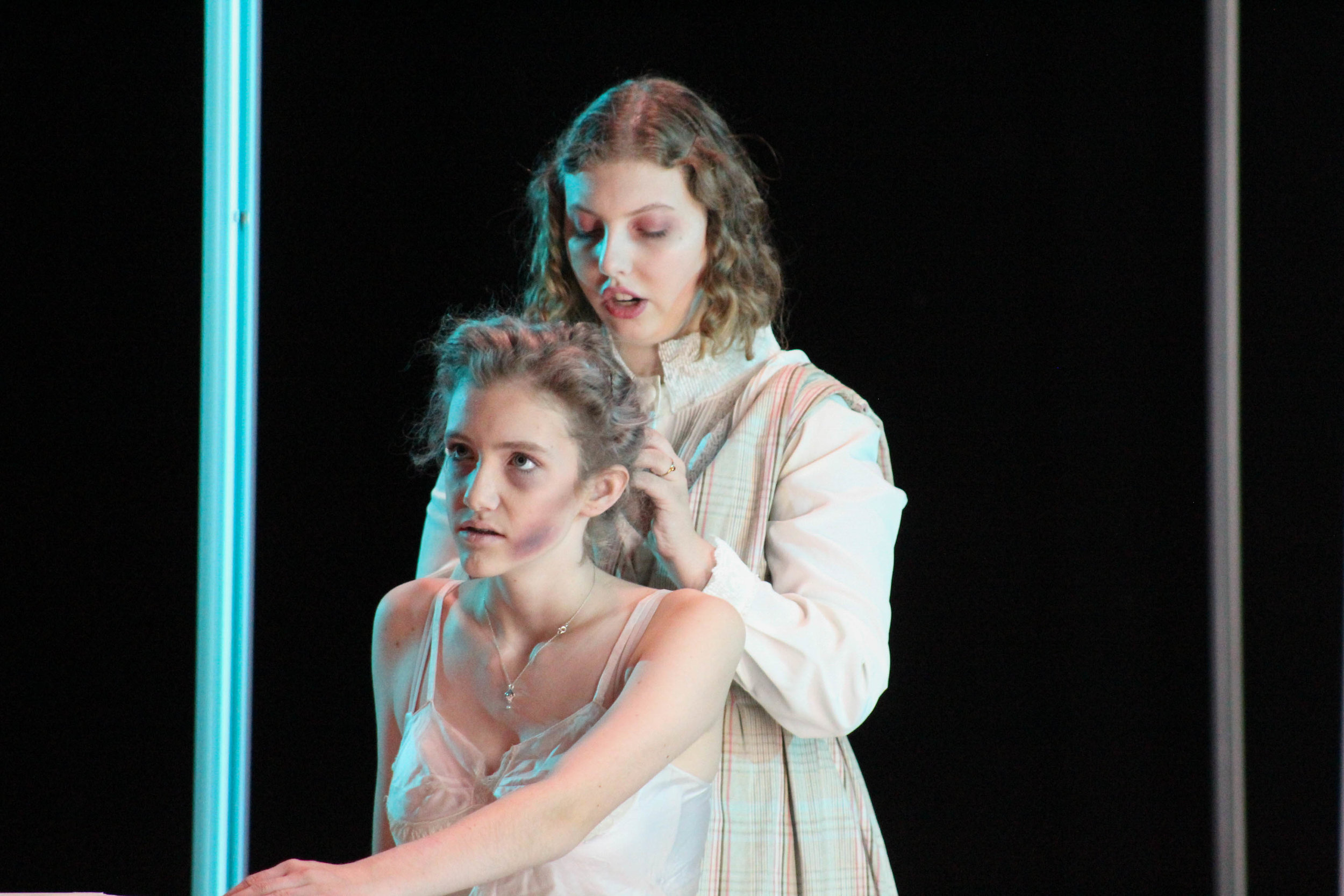Fall play showcases the unknown, true story of neglected female factory workers
Paige Anderson & Tess Petrillo, Sports and News Editor
October 25th, 2019
Skye McDonald Vee Ashmun and Lilly Grey onstage in a moving scene as Ashmun’s character, Grace Fryer, is dying from radium poisoning.
The fall play, “Radium Girls”, tells the story of the New Jersey factory girls who would hand paint watches with paint consisting of radium, although it seemed harmless at the time, slowly the workers started getting ill and dying mysteriously.
It follows Grace Fryer (Vee Ashmun) and her co workers in the process of suing the United States Radium Corporation for poisoning them and exposing how far a company will go to be successful.
The performance had an eerie, simplistic effect to it which allowed the audience to focus on the very dark, important topics within the play and the performances from all of the actors.
“Radium Girls” combines elements of simplicity and depth in a visually stunning production. The lighting throughout the show consisted of bright individual lights that seemed to shift based on how many characters were on stage and the mood of the scene.
Because of this, the lighting was dim and often alienated a single figure on stage, this created an ominous mood that reflected the story that was being told while also mimicking the glow of radium.
The stage production was very basic, only consisting of the individual lights and an occasional desk or chair. This expressed the simpler time period and lifestyle of the Radium Girls.
The costume design followed a similar methodology to the lighting, as most characters wore simple outfits. The costumes did a good job of signifying the time period and that the workers were seen as so insignificant in their time.
The lighting and costumes also reflected the setting and time period of the story- Orange, New Jersey of the 1920s. Radium companies and the press bribed Grace Fryer in attempt to keep her story at bay rather than taking radium out of factories.
Even though it was set in the 1920s, the play included some very current topics such as feminism, corruption in the media and large corporations. Grace Fryer attempts to overcome these obstacles.
When Ashmun stepped onto stage as the lead role of Grace Fryer, she did a great job of conveying the frustration and loss that her character faced. The audience swelled and swooned as the actors did, and the powerful performances from all of the actors made for an emotional evening.
In the last scene, the actors brought in illuminated vases, which represented graves, to honor the Radium Girls who died. Both a visually stunning and emotionally satisfying ending to the performance.



